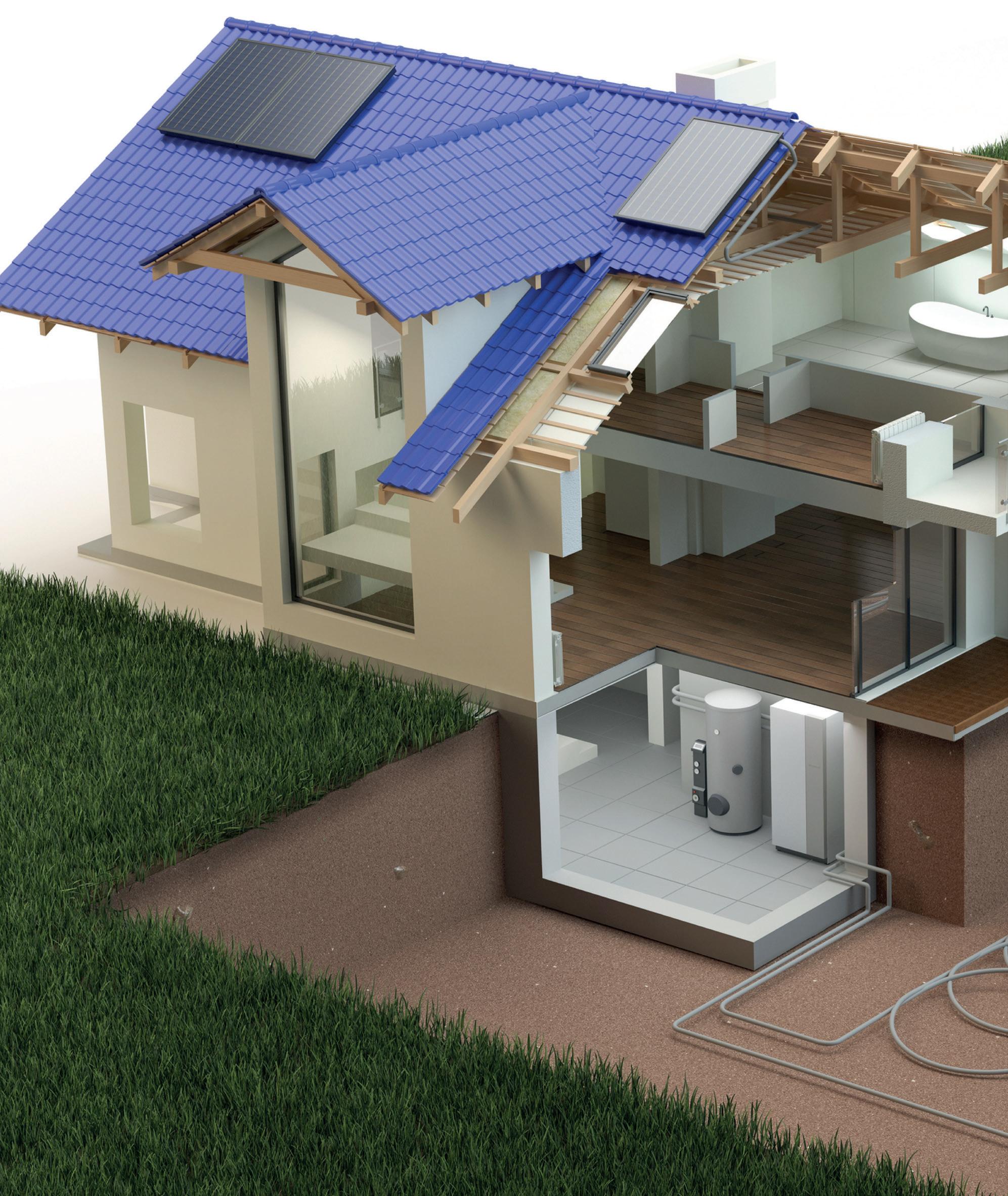
3 minute read
THE FUTURE OF ELECTRIFIED
F E A T U R E THE FUTURE OF ELECTRIFIED HEATING
With the era of fossil fuels in demise, and governments pushing for alternative means of energy to heat homes and buildings, we caught up with The IET for their take on the future of Electrified Heating.
Ground source heat pumps
ELECTRIFIED HEATING
This is not an entirely new concept. In the past, heat for homes and buildings was produced by electrified heating systems, such as convection and electrical storage heaters.
Gas central heating was becoming popular in the mid-1970s and in its prime throughout most of the 1980s and 1990s but we are now at a turning point.
The proposed ban on gas boilers being installed in new properties is driving the development of new technologies to provide heat for homes and buildings using electricity in different ways.
AIR SOURCE HEAT PUMPS
Air source heat pumps channel air from outside through tubes of refrigerant. The refrigerant turns from a liquid into gas. This gas is then passed through a compressor and is heated. The heated refrigerant then passes through a heat exchanger and is used to warm air or water that can be circulated around homes and buildings.

Air source heat pumps

For further reading, training and guidance check out
GROUND SOURCE HEAT PUMPS
Ground source heat pumps work in a very similar way to air source heat pumps. The key difference is, you’ve probably guessed it, the refrigerant is passed through the ground instead of the air.
Ground source heat pumps are slightly more effective than air source heat pumps, especially in winter when the temperature below the ground (even at 1-2 metres) can be reliably around 100C.
The process of compressing the refrigerant, exchanging the heat from the refrigerant to air or water and circulating the heat around the home or building requires electrical energy and is therefore considered a form of electrified heating.
More common methods of electrified heating are still used and growing in popularity due to the increasing cost of fossil fuels. These are typically:
■ Electric underfloor heating ■ Electric radiators ■ Infrared ■ Convection ■ Storage heating.
When considering any form of electrified primary heating it must be designed and installed in accordance with BS 7671, with particular attention to regulation 132.16 before you start. Calculate the insulation properties of the rooms that are going to be heated. The R-value of the location must be taken into account for an efficient system.
TOP TIP
When considering any form of electrified primary heating pay particular attention to regulation 132.16 before you start.
SCAN THE QR CODES
For more information visit: www.theiet.org
Studying for a career in the electrical industry?
Find out how the IET can help

As co-publisher of BS 7671 (IET Wiring Regulations), we have lots of information and guidance available to help you get into the electrical industry.
From informative articles on different ways into industry and the most relevant qualifications, to videos designed to help de-mystify certain areas of the Wiring Regulations, our website is full of useful resources for electrical students, including:
– Books for students, such as the Student’s Guide to the IET Wiring Regulations – The Student’s Guide video series including topics such as Safe Isolation and Risk Assessment – Wiring Matters magazine articles to help you with your studies – A job profile bank detailing some of the many different career options available to you when you qualify







